"Gold" at The Queen’s Gallery, Palace of Holyroodhouse
Indian, Tiger's head, 1785-93, 46.0 x 57.0 x 48.0 cm (excluding base/stand). RCIN 67212. Royal Collection Trust/© Her Majesty Queen Elizabeth II 2014
The beauty and symbolism of gold, from the Early Bronze Age to the 20th century, is celebrated in an exhibition opening at The Queen's Gallery, Palace of Holyroodhouse on 27 March. Through over 60 items drawn from across the entire breadth of the Royal Collection, Gold explores the distinctive qualities that make this rare and precious metal an enduring expression of the highest status, both earthly and divine.
Over millennia and across diverse cultures, gold has been used to represent and reflect royal wealth and power. Among the most striking examples in the exhibition are the Rillaton gold cup, from a Bronze Age burial around 1700 – 1500 BC, a gold crown from Ecuador that pre-dates the Inca invasion, and a tiger's head in gold and rock crystal from the throne of Tipu Sultan (1785–93), ruler of Mysore in India.
British, The Rillaton cup, Early Bronze Age. Gold alloy, 8.5 cm. RCIN 69742. Royal Collection Trust/© Her Majesty Queen Elizabeth II 2014
Ecuador, Crown, 1000 - 1400. Gold. Crown: 41.4 x 19.2 x 17.0 cm. RCIN 62903. Royal Collection Trust/© Her Majesty Queen Elizabeth II 2014
Many of the sacred and ceremonial items associated with the coronations of British monarchs incorporate gold. The exhibition includes a design from 1760 by Sir William Chambers and Giovanni Battista Cipriani for the Gold State Coach, then the most expensive coach ever made. It has been used at every coronation since that of George IV in 1821. The text of John Whittaker's illustrated account of the Ceremonial of the Coronation of King George IV in the Abbey of St. Peter's Westminster, 1823, is printed entirely in gold. Only six copies of the book were ever produced, one for each of the crowned heads of Europe, and the project bankrupted the author. The painting Queen Victoria Receiving the Sacrament at her Coronation, 28 June 1838 by Charles Robert Leslie shows the Queen dressed in the shimmering Dalmatic Robe standing in a pool of golden sunlight.
Sir William Chambers (1722-96), Design for the State Coach, 1760. Pen and ink and watercolour over pencil | 34.1 x 60.8 cm | RCIN 917942. Royal Collection Trust/© Her Majesty Queen Elizabeth II 2014
John Whittaker (d.1831), Ceremonial of the Coronation of His Most Sacred Majesty King George the Fourth, 1823. Printed on japan vellum; gold letterpress, stipple engraving with etching and aquatint, and hand-colouring | 69.5 x 57 x 6 cm (book measurement (conservation)) | RCIN 1005090. Royal Collection Trust/© Her Majesty Queen Elizabeth II 2014
Charles Robert Leslie (1794-1859), Queen Victoria Receiving the Sacrament at her Coronation, 28 June 1838, 1838-9.Oil on canvas, 97.0 x 187.6 cm (support, canvas/panel/str external) | RCIN 406993. Royal Collection Trust/© Her Majesty Queen Elizabeth II 2014
Highly malleable and versatile, gold has been used to decorate every possible surface, from paper and silk to wood and leather. The exhibition shows gold incorporated into lacquer on a pair of 18th-century Japanese bowls and applied over carved gesso on a table by James Moore, who created furniture for Queen Anne and George I. Gold leaf and gold paint are used to decorate scenes on a Chinese-inspired fan which belonged to Queen Adelaide, consort of William IV. The fan's guards are made of solid gold, studded with amethysts and rubies, and bear Queen Adelaide's cipher.
Japan, Pair of mounted bowls, late seventeenth to early eighteenth century. Lacquer and gilt bronze, 29.8 x 38.7 x 31.4 cm, RCIN 3154. Royal Collection Trust/© Her Majesty Queen Elizabeth II 2014
James Moore (c.1670-1726), Side table, circa 1720. Gilded and gessoed walnut and oak, 84.0 x 124.0 x 57.0 cm. RCIN 1102. Royal Collection Trust/© Her Majesty Queen Elizabeth II 2014
French, Queen Adelaide's fan, c. 1820. Leather (sheep) leaf; gold guards each with the crowned monogram AR in enamel and set with Siberian amethysts and Burmese rubies; japanned and gilded wooden sticks (2 + 18); gold pin with ruby heads, 27.5 cm. RCIN 25104. Royal Collection Trust/© Her Majesty Queen Elizabeth II 2014
The Padshahnama is the finest Islamic manuscript in the Royal Collection. Written on paper flecked with gold, the manuscript chronicles the first ten years of the reign of Shah-Jahan, the fifth Mughal emperor and builder of the Taj Mahal (reigned 1628–58). It includes beautiful miniature paintings by some of the finest artists working at the Mughal court in the mid-17th century and an elaborately decorated frontispiece, which features a golden shamsa (sunburst or image of the sun). The shamsa was said to be a divine light 'which God directly transfers to kings, without the assistance of men'.
Unknown Person, The Padshahnama : opening shamsa (sunburst), 1656-57. RCIN 1005025.b. Royal Collection Trust/© Her Majesty Queen Elizabeth II 2014
Among other highlights of the exhibition are Simon van de Passe's engraved gold portrait medallion of Elizabeth I, two landscapes by the 17th-century artist Pier Francesco Cittadini drawn in pen and ink on paper covered in gold leaf, and William Nicholson's still life, Gold Jug, 1937 – a study of the play of light on metallic surfaces.
Simon van de Passe (c. 1595-1647), England. Elizabeth I engraved medallic portrait in an ornate gold glazed mount with integral loop for suspension, c.1616; 8.46 x 6.16 cm (whole object, oval). RCIN 443072. Royal Collection Trust/© Her Majesty Queen Elizabeth II 2014
Pier Francesco Cittadini (1613/16-81), The Flight into Egypt, c.1650-80. Pen and ink with some stylus on paper prepared with gold leaf over a reddish ground | 19.0 x 23.9 cm (sheet of paper). RCIN 905738. Royal Collection Trust/© Her Majesty Queen Elizabeth II 2014
Pier Francesco Cittadini (1613/16-81), Christ and the disciples on the road to Emmaus, c.1650-80. Pen and ink on paper prepared with gold leaf over a reddish ground, 19.0 x 23.8 cm (sheet of paper). RCIN 905739. Royal Collection Trust/© Her Majesty Queen Elizabeth II 2014
Gold is at The Queen's Gallery, Palace of Holyoodhouse from 27 March - 26 July 2015.

/https%3A%2F%2Fprofilepics.canalblog.com%2Fprofilepics%2F1%2F0%2F100183.jpg)
/https%3A%2F%2Fstorage.canalblog.com%2F03%2F02%2F119589%2F96711876_o.jpg)
/https%3A%2F%2Fstorage.canalblog.com%2F11%2F31%2F119589%2F94773502_o.jpg)
/https%3A%2F%2Fstorage.canalblog.com%2F20%2F83%2F119589%2F94772815_o.jpg)
/https%3A%2F%2Fstorage.canalblog.com%2F26%2F72%2F119589%2F75604929_o.jpg)
/https%3A%2F%2Fstorage.canalblog.com%2F59%2F60%2F119589%2F26458628_o.jpg)
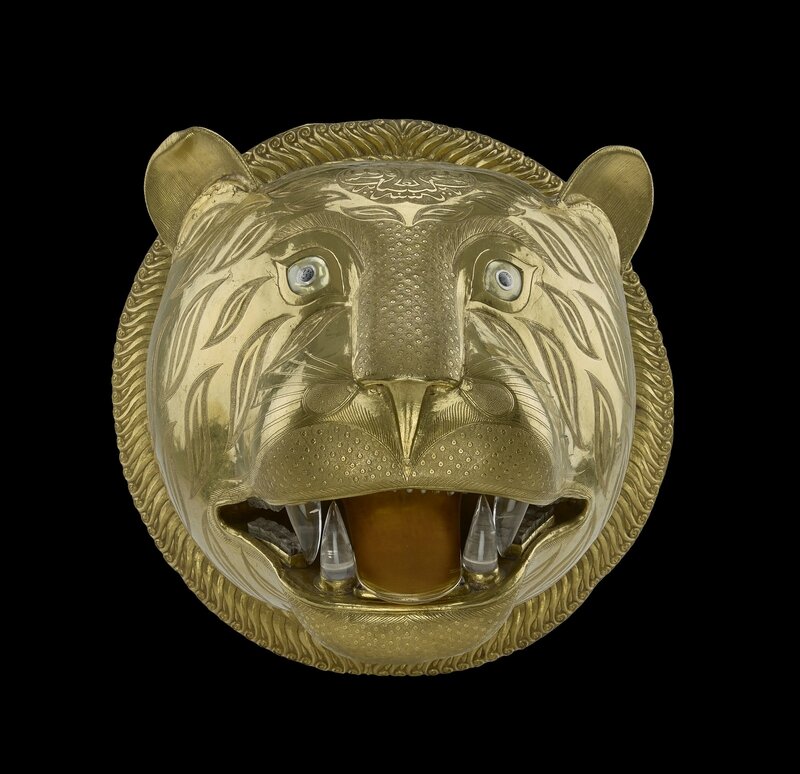
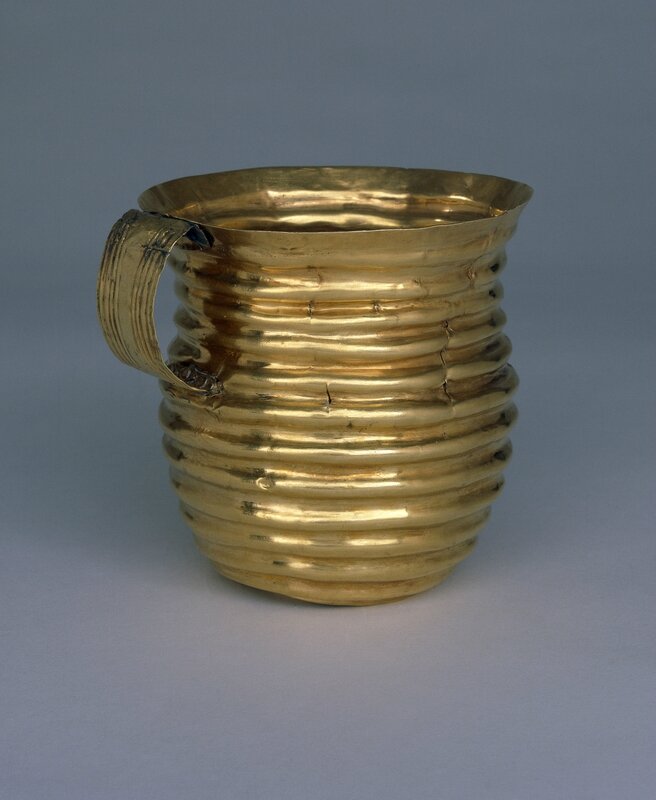

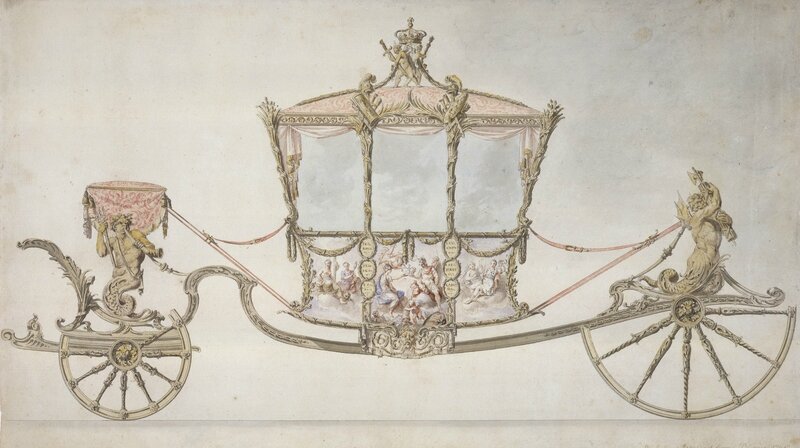



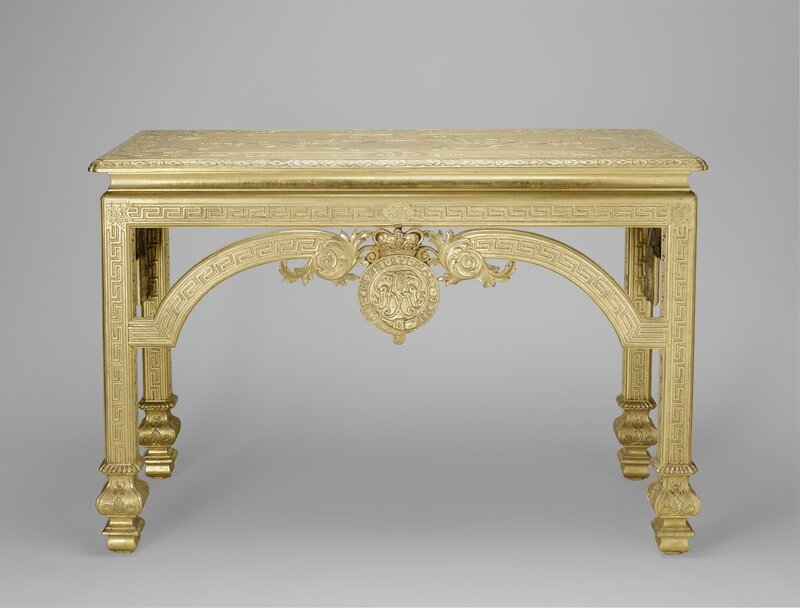

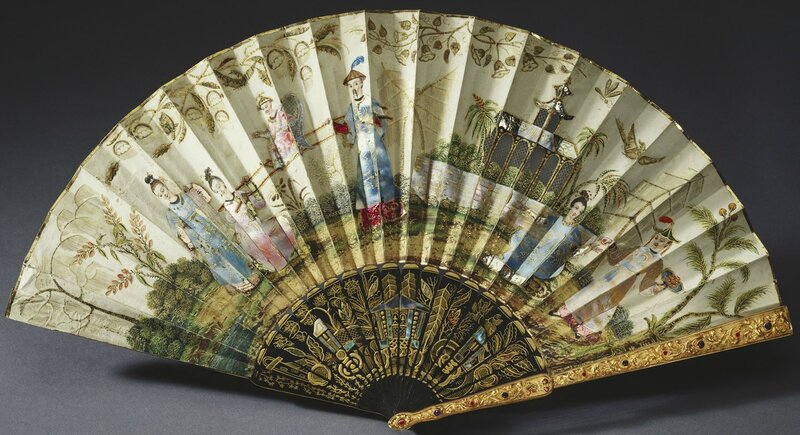






/http%3A%2F%2Fstorage.canalblog.com%2F97%2F36%2F119589%2F106000560_o.jpg)
/http%3A%2F%2Fstorage.canalblog.com%2F00%2F28%2F119589%2F72839146_o.jpg)
/http%3A%2F%2Fstorage.canalblog.com%2F90%2F31%2F577050%2F39574173_p.jpg)
/http%3A%2F%2Fstorage.canalblog.com%2F82%2F26%2F577050%2F37967265_p.jpg)